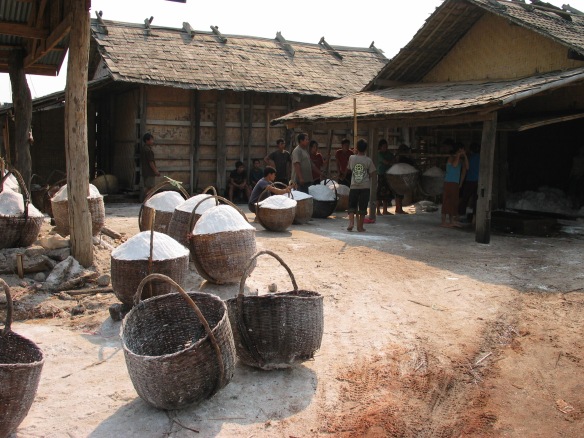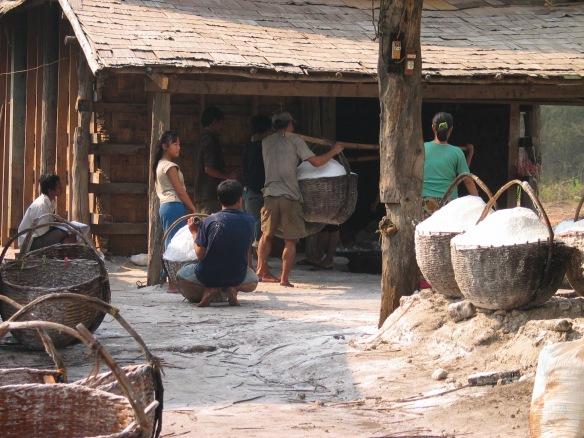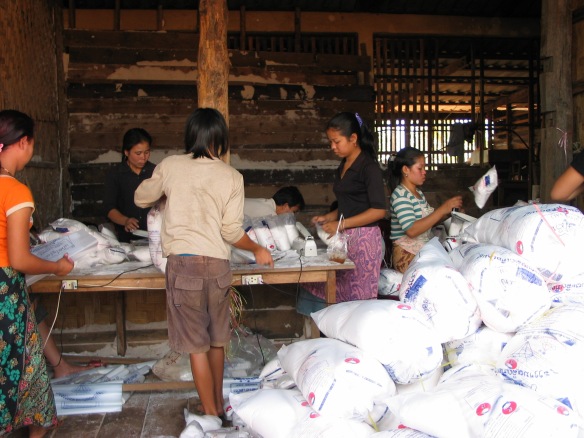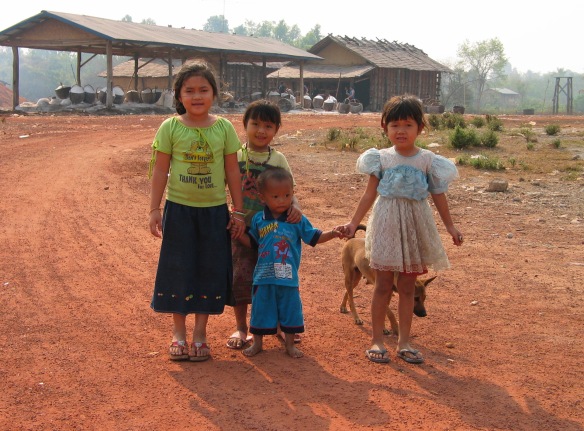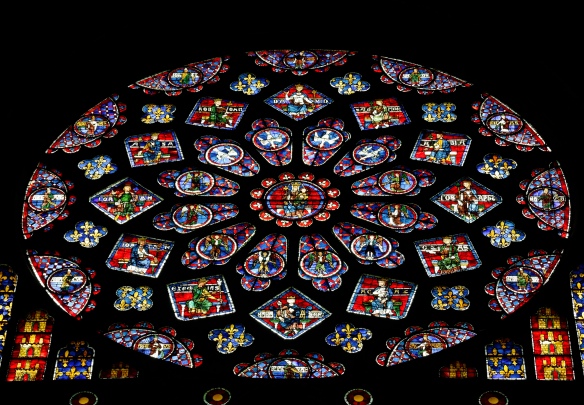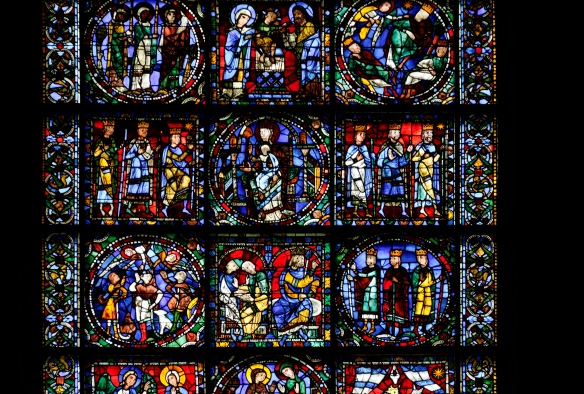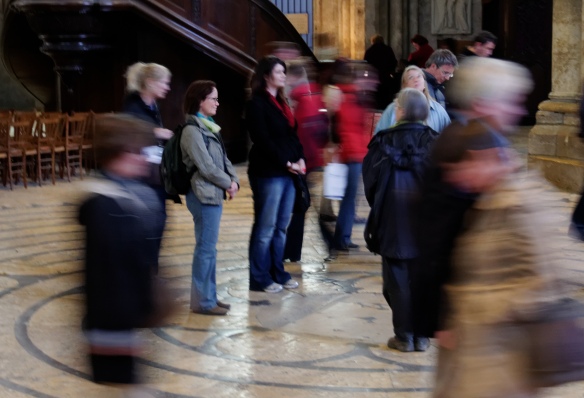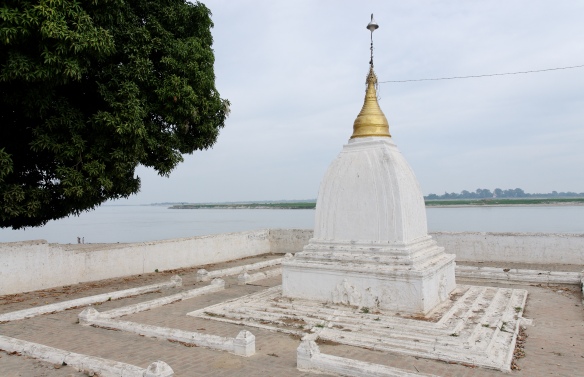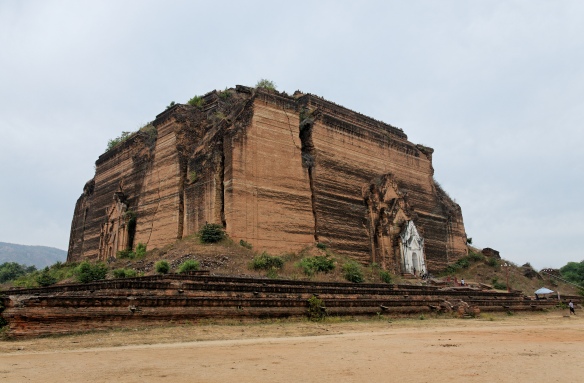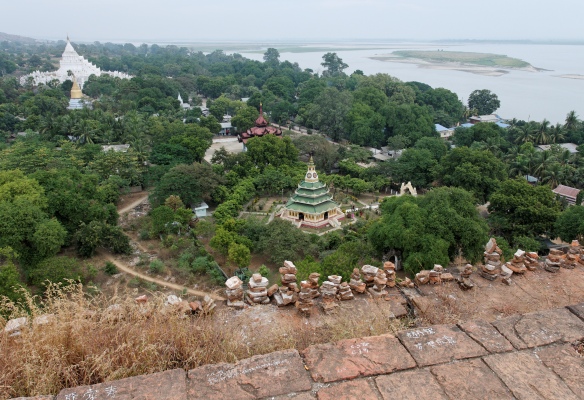What is man, that thou art mindful of him? and the son of man, that thou visitest him? For thou hast made him a little lower than the angels, and hast crowned him with glory and honour. Thou madest him to have dominion over the works of thy hands; thou hast put all things under his feet: All sheep and oxen, yea, and the beasts of the field; The fowl of the air, and the fish of the sea, and whatsoever passeth through the paths of the seas. O LORD our Lord, how excellent is thy name in all the earth! —Psalm 8:8
Revelations
Lynn turned off the classical music on the CD player and yawned, pleased. She’d gotten a lot done. Summer session hadn’t begun yet and the campus was quiet. Cars loaded with new graduates and their belongings had left days earlier.
She’d propped her office door and windows open. When she leaned back an afternoon breeze fluttered across her skin. Outside, three crows argued from the top of a Douglas fir as a radio blared. And someone cried. Sobs swelled in waves as the crier gained and lost, regained and relost control.
The crying came from inside the building. Lynn got up and went to the door to listen; it was a woman’s voice. She walked down the hall and came to a stop outside the bathroom. As she hesitated, wondering if she should go in or not, the door opened with a yank.
The young woman in a rumpled blouse over new jeans jumped when she saw Lynn. ‘Ask me about my frontal lobotomy’ suggested a pin on her chest. Her face was blotchy and dripped with tears.
“Aren’t you the Girl Friday who started working here the end of the semester? Coreen, right?” Lynn held out a tissue.
The girl tried to answer, but could only hiccup. Her face grew redder.
When Lynn touched her shoulder she trembled. “I’m Professor McCready. Coreen, are you okay?”
Coreen fell forward into the older woman’s arms.
Lynn propelled her down the hall to the corner armchair in her office. Coreen kept shivering. Lynn returned to the bathroom for a stack of paper towels. When she brought them back, she touched Coreen’s shoulder to get her attention. “Somehow I don’t think regular tissues can handle all the tears you’ve got in you.” She handed them to Coreen and placed a tall glass at the girl’s elbow. She touched the shoulder again, and returned to her desk.
The simple props of a water glass, a comfortable armchair and a large supply of utility paper towels were exactly what Coreen needed. She cried for another fifteen minutes. The hic! hic! staccato slowed as her crying jag spent itself. When it finished she sat damp and exhausted, her body folded tight.
Lynn set down the article proof she was editing. “Come on,” she said, and got to her feet. “I could use something to eat. I bet you could, too. Do you like Vietnamese?”
Over dinner the girl stayed silent, picking at her food and chewing her fingernails. Finally she blurted, “Did you ever think the world was ending?”
“Literally?”
Coreen hesitated and then nodded her head. Yes.
“That it would end, no. That it might break me, once.”
“What happened?”
“I discovered the heart of darkness when I was your age.” She knew Coreen was bracing herself to open up. Quietly Lynn revealed, “I went through an experience I thought would scar me and follow me around forever. Like, it would identify me for life. And then it didn’t. But I know what it feels like when a wave of panic hits. Or a crying jag. If you can, tell me what’s got you so terrified that you hide in the bathroom.”
Coreen put down her fork, took a deep breath, and told her.
***
Prepare to meet a hero with dangerous fantasies. A young woman trapped in a cult. A person who dreams other people’s futures. A man drinking glühwein at a Christmas Market as he waits for disaster. And Lynn, the connecting thread, taking a train trip with a seductive stranger. I’ll be posting the first pages to each chapter.
Committing my characters to an appearance on this blog makes them real. As of tonight, they exist beyond my imagination.
This second chapter is titled, The End Of The World.
Copyright © 2014 Jadi Campbell. Look for this novel in book and eBook form on Amazon.com.






